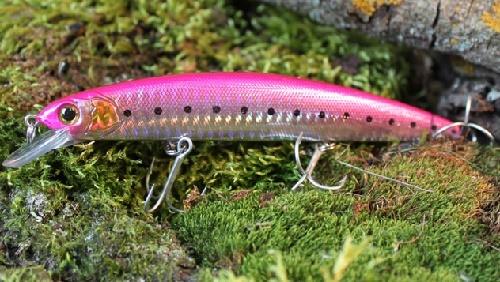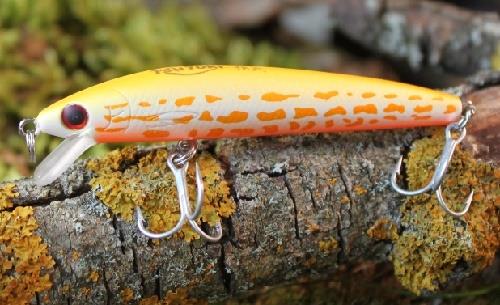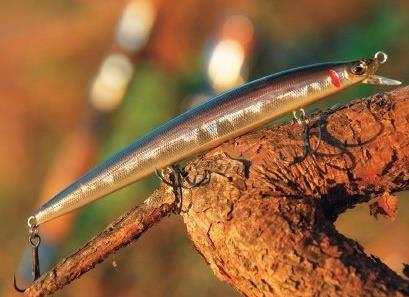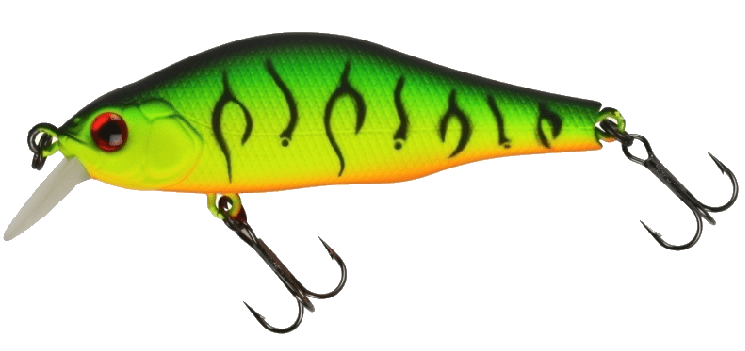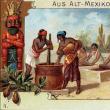Sections of the site
Editor's Choice:
- What to feed a hedgehog at home?
- How to make a poster with chocolates and inscriptions with your own hands?
- Do-it-yourself hazel onion
- What do you need for a picnic
- Pike head ear
- Rating of winter spinners for perch
- How to salt pike caviar
- How to make cheese at home - recipe
- How to care for a hedgehog at home
- How to make a hunting bow with your own hands?
Advertising
| How to choose a wobbler |
|
The choice of a particular wobbler depends on many factors, such as the depth at the place of fishing, the strength of the current, the transparency of the water, the brightness of the sun, and, naturally, the preferences of the fish itself. Catchable wobblers for pike may not work for perch, and vice versa - perch wobblers may not work for pike, but all this needs to be worked out in practice. Given all this, you can understand that if the fish is at a depth, then you need to catch wobblers with the desired depth, that is, wobblers with a large blade. You also need to try to catch on pop-up models, sinking, and suspenders. It is also important to experiment with the colors of wobblers and their game. The game of different wobblers can be very different from each other, which will also affect the bite. The wiring of the wobblers can also be different, but read about this at the end of this article.
In the case of perch fishing, almost any small and medium bait with an active game will do. For fishing in deep areas or in troubled waters, wobblers with bright colors are taken. It is better not to use high-frequency baits with large “blades” during the current, since most likely their game will constantly go astray. Long range wobbler casting system
Naturally, the heavier the wobbler and the more streamlined it is, the farther it flies, but there is another factor that affects the range of the lure. If you want to choose a wobbler that flies as far as possible, then choose . Such baits have one or more metal balls that roll from the head to the tail of the wobbler, thereby shifting the center of gravity, which increases the range of the wobbler. Also, these balls create an additional noise effect, which additionally attracts fish.
But this is not all wobblers that exist. More detailed information about wobblers and other similar baits is in the article "Wobbler classification ". The main criterion in this classification is the shape of the body. Most often, the shape of a wobbler imitates a certain fish, amphibian or insect that this or that predator feeds on. Given the experience of many fishermen, it can be said that living in a reservoir of a simulated animal is not at all necessary for effective fishing.
Sometimes a small wobbler is able to attract the attention of a large predator. The length of the bait for pike is 5-20 cm. The largest wobblers are used in trophy trolling. Perch often attacks small and medium-sized wobblers, although there are many examples of how a small predator came across large wobblers with a very active game. Each wobbler is characterized by a certain degree of penetration during wiring. On good, branded wobblers, manufacturers indicate depth range, on which you can hold the bait. The degree of deepening depends on the size and angle of inclination of the "blade". The larger the angle, the deeper the wobbler will go during the wiring process. Lures, the “blade” of which is set almost perpendicular to the body, will move near the surface, sinking to a depth of no more than 1 m. For fishing in very deep parts of the reservoir, heavy deep-sea wobblers are used, capable of deepening to 13-15 m. It is also worth remembering that the degree of deepening partly depends on the rate of wiring, the diameter of the fishing line and the casting distance of the wobbler. The deepest wobblers are considered trolling wobblers . For more detailed information about them, follow the link. According to the criterion of buoyancy, all wobblers are divided into three groups:
Sinking wobblers. The name speaks for itself: after casting, these lures gradually sink. Such wobblers are good for hunting large trophy pike, especially in the autumn season. Wobblers suspenders. A kind of compromise models of wobblers that simply hang at a certain depth. Suitable for catching predators hunting at medium depths. The choice of buoyancy of lures depends primarily on the intended depth of fishing, the conditions of the reservoir and the time of year.
It is the unhurried game of the bait that attracts the pike more often., therefore, in this case, low-frequency wobblers are suitable. As a rule, such baits are used mainly in the summer, when the pike is often too lazy to chase the painfully fast bait. On high-frequency wobblers perch is caught very well, chub with ide is quite good. If you are interested in chub fishing, we advise you to read the article about chub wobblers , which describes the most catchy wobblers for this interesting fish. Also, at the end of the article, there is an interesting video on catching a chub on wobblers with an alloy. Wobbler colorBy and large, the colors of wobblers can be divided into the so-called provocative and natural. Lures with natural coloring imitate a particular fish (bleak, roach, rudd, perch), while provocative coloring involves the use of very bright, defiant colors.
Natural baits are suitable for catching active predators, and provocative wobblers are good for catching passive pike. The classic options are silver or yellowish wobblers, as well as greenish lures resembling a small perch. Which wobbler to choose for pike?We repeat that the pike loves baits that have a large amplitude of movements and a low frequency of these movements, in other words, the pike likes it when the lure slowly and sweepingly jerks from side to side. From this it follows that the best wobblers for pike are minnows. Therefore, in our rating there are most of just such wobblers. Catchable wobblers for pike (rating)
NewHow to restore the menstrual cycle after childbirth:
| ||||||

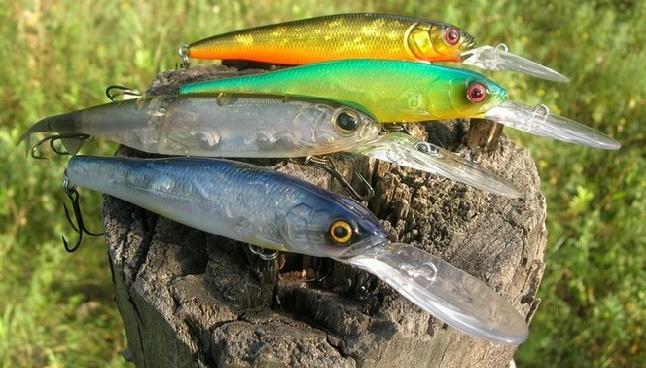 There are no strict restrictions and requirements in fishing for wobblers, however, practice shows that pike prefers
There are no strict restrictions and requirements in fishing for wobblers, however, practice shows that pike prefers 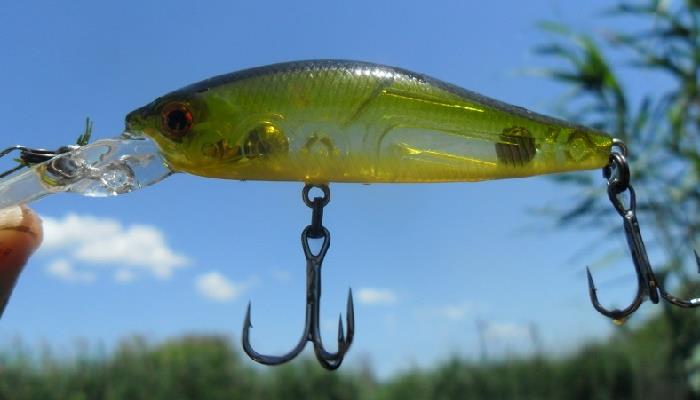
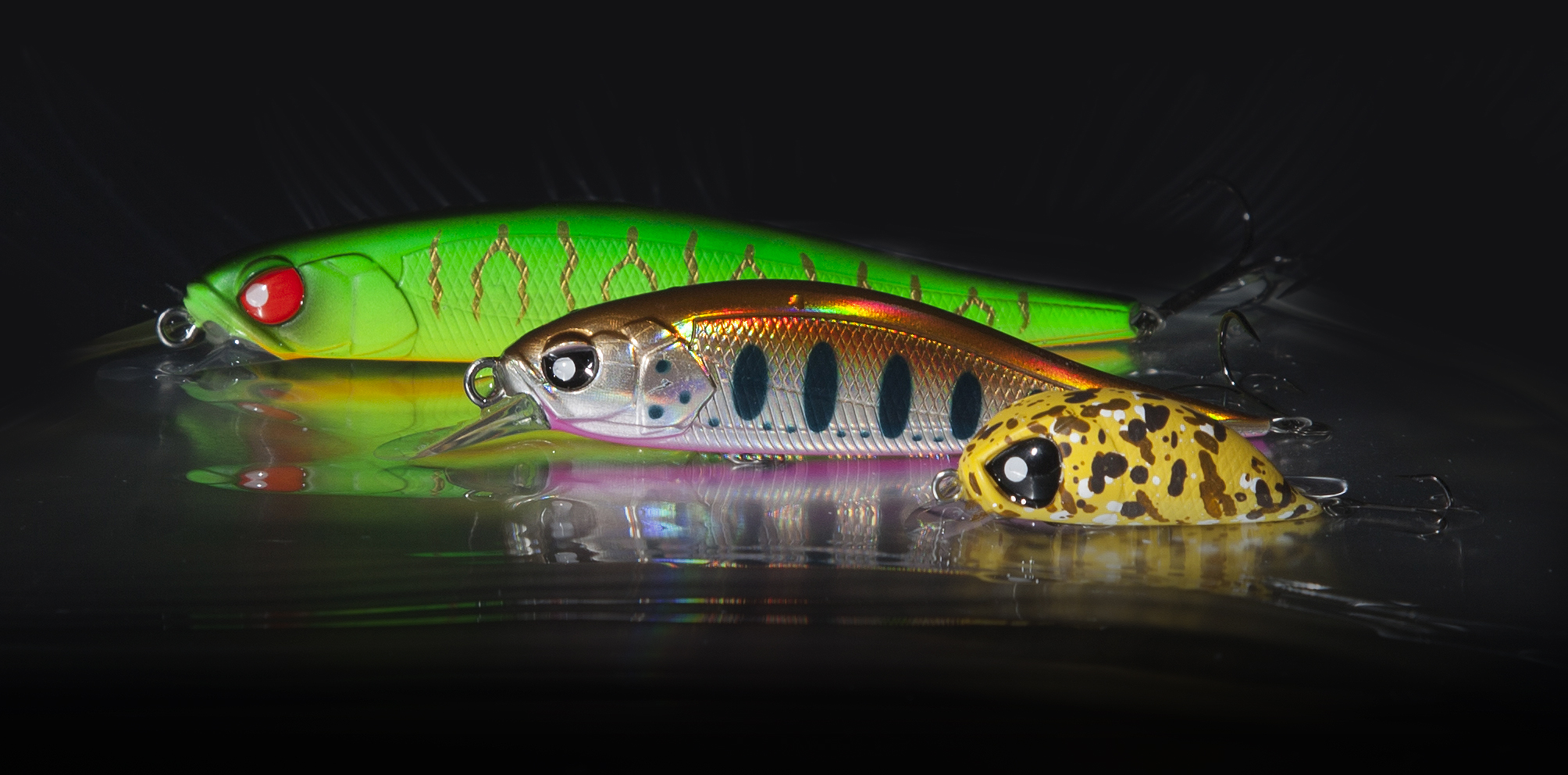 Currently, the variety of wobblers is very large, and several model species can be distinguished, among which the most famous are fats, cranks, sheds, minnows, walkers,
Currently, the variety of wobblers is very large, and several model species can be distinguished, among which the most famous are fats, cranks, sheds, minnows, walkers, 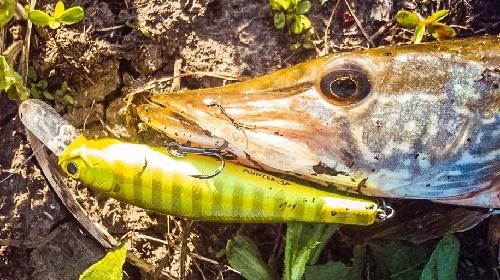 pike caught on wobblers of different sizes. The pattern that big bait also catches bigger fish does indeed work, but not without exceptions.
pike caught on wobblers of different sizes. The pattern that big bait also catches bigger fish does indeed work, but not without exceptions.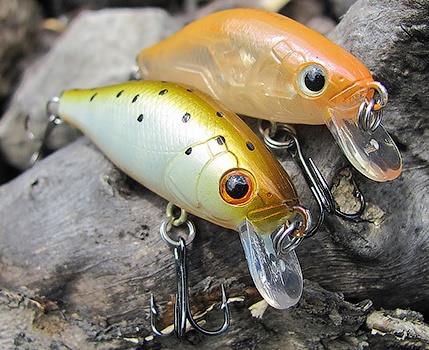 Floating wobblers. Such baits in a passive position do not sink, staying on the surface of the water. They are suitable, first of all, for fishing in shallow waters, as well as in the case of uneven wiring, because during stops, floating wobblers emerge, and it is at this moment that pike often attacks.
Floating wobblers. Such baits in a passive position do not sink, staying on the surface of the water. They are suitable, first of all, for fishing in shallow waters, as well as in the case of uneven wiring, because during stops, floating wobblers emerge, and it is at this moment that pike often attacks.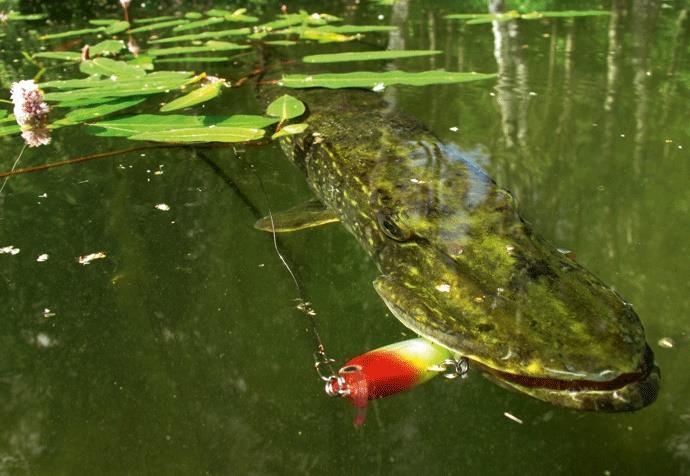 Wobblers are characterized by active or passive play.
Wobblers are characterized by active or passive play.